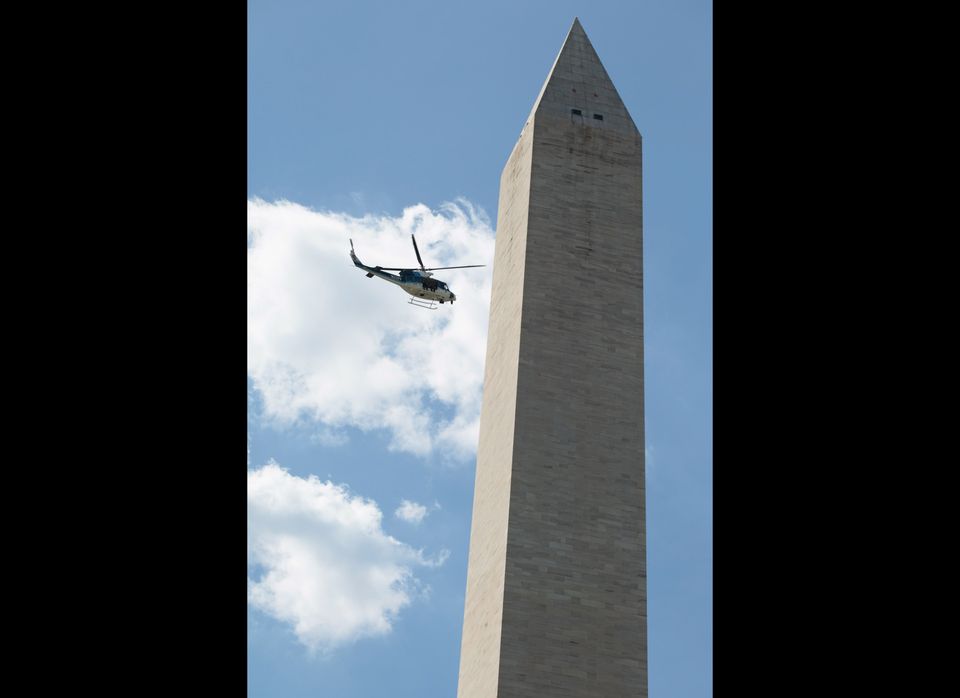
WASHINGTON -- If you step into Union Station's Main Hall, you'll see black netting stretched across the great space. Look up, and you'll see why: Small sections of plaster are missing from the Main Hall's soaring vaults, loosened by the 5.8 magnitude earthquake in August.
With the netting as a precaution, work crews are making quake repairs at the historic train station. Commuters who head through Metro's architecturally distinctive underground stations, however, won't see similar post-quake protections.
Many of Metrorail's stations are constructed with hundreds of sheet-metal acoustic panels bolted to their concrete vaults in waffle-like coffers. Following the earthquake, Metro crews conducted inspections of all stations, track and other rail infrastructure and did not observe seismic damage.
"The earthquake may have caused some panels to shift slightly," Dan Stessel, spokesman for the Washington Metropolitan Area Transit Authority, told The Huffington Post, "but we are confident that the panels and anchoring systems are intact."
Still, the sheet-metal panels aren't easy to inspect up-close -- and are even harder to clean.
Because of the complexities of Metro's underground station design, it can take more than two months to fully clean an individual passenger facility during the overnight hours. Cherry pickers and high-pressure water sprayers are needed to reach the voids behind those out-of-the-way acoustic panels, where brake dust and other material can build up.
Stessel said that any loose panels are repaired or adjusted during those comprehensive multimonth station cleanings. The in-depth cleanings happen at each station roughly every three and a half years.
While Metro says that the acoustic panels in underground stations do not pose a danger to passengers on platforms, the transit agency has encountered isolated ceiling hazards at the Farragut North station, which was in the first cluster of Red Line stations to open in 1976.
A 24- by 30-foot section of ceiling collapsed in an entrance way in 2005. The transit agency blamed plastic anchors and metal nails that may not have been strong enough to hold the section of ceiling in place, WTOP reported at the time.
More recently, in November 2010, construction crews working on Connecticut Avenue's roadway surface broke through Farragut North's station ceiling, sending debris to the station platform. No Metro customers were injured in either incident.
Transit systems in other cities have also faced dangers lurking overhead. In 2009, the brick ceiling of a 103-year-old vaulted underground station on the New York subway's No. 1 line collapsed. The inspector general of the transit authority blamed the collapse, according to The New York Times, on "systemic weaknesses in the adequacy of N.Y.C. Transit's station inspection programs."
Flickr photo by akachela.

